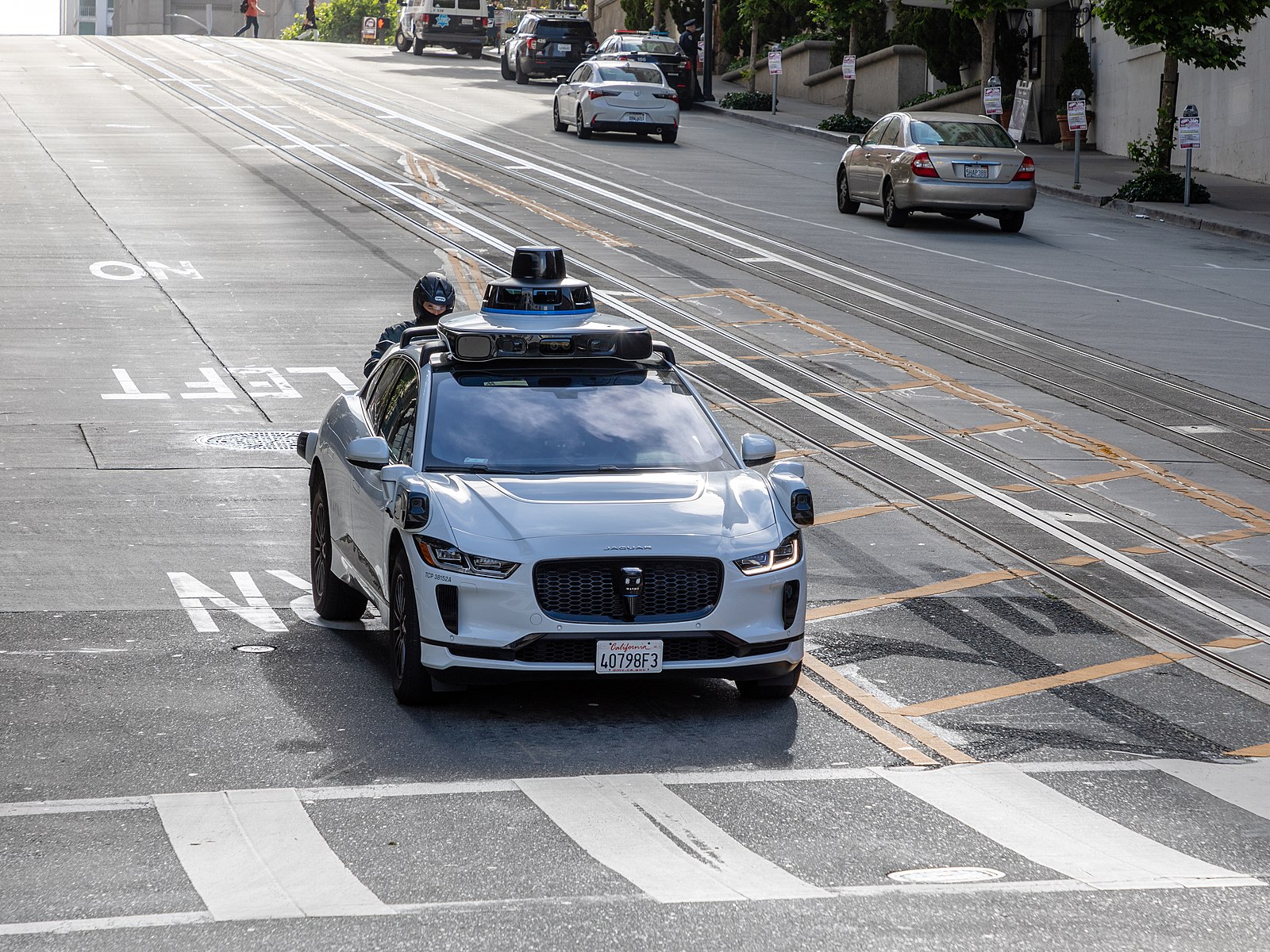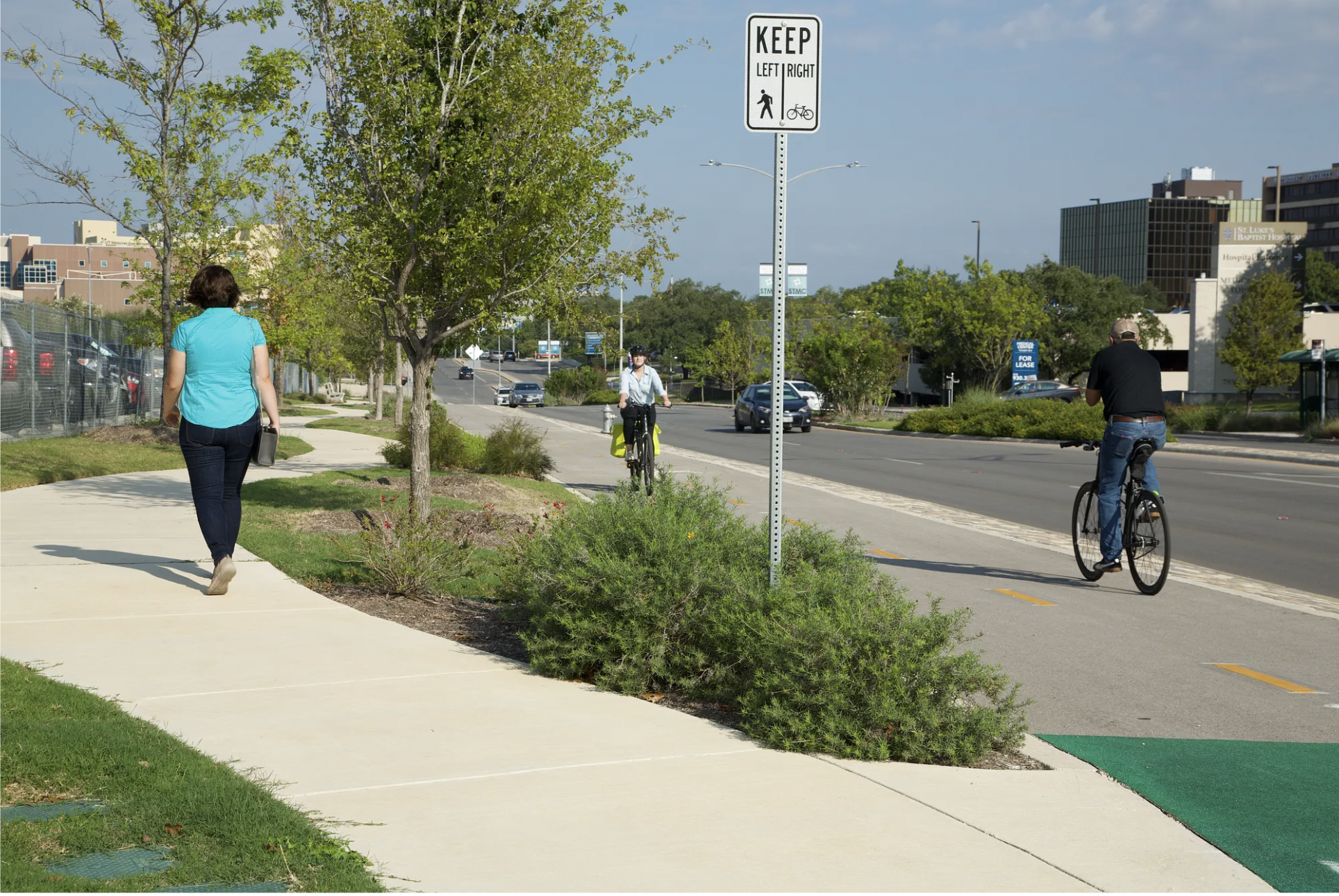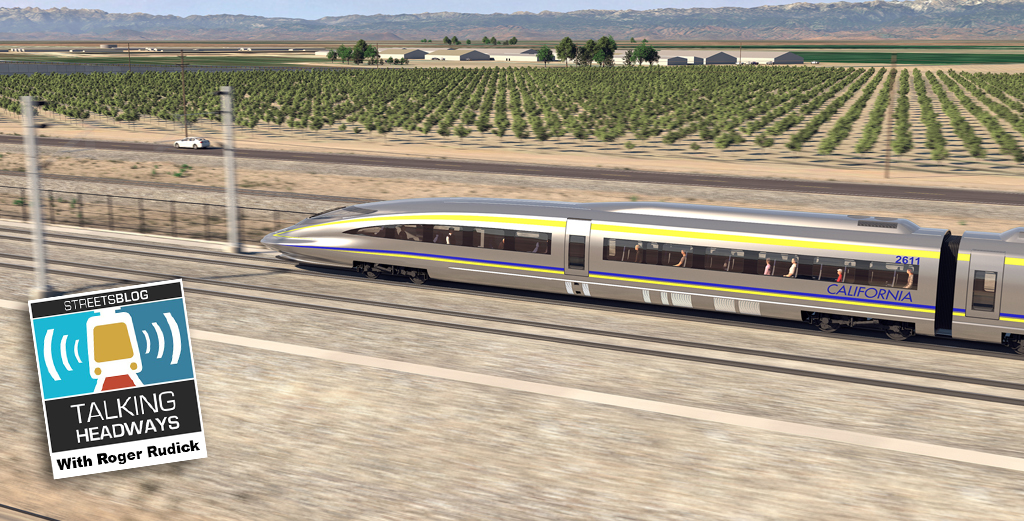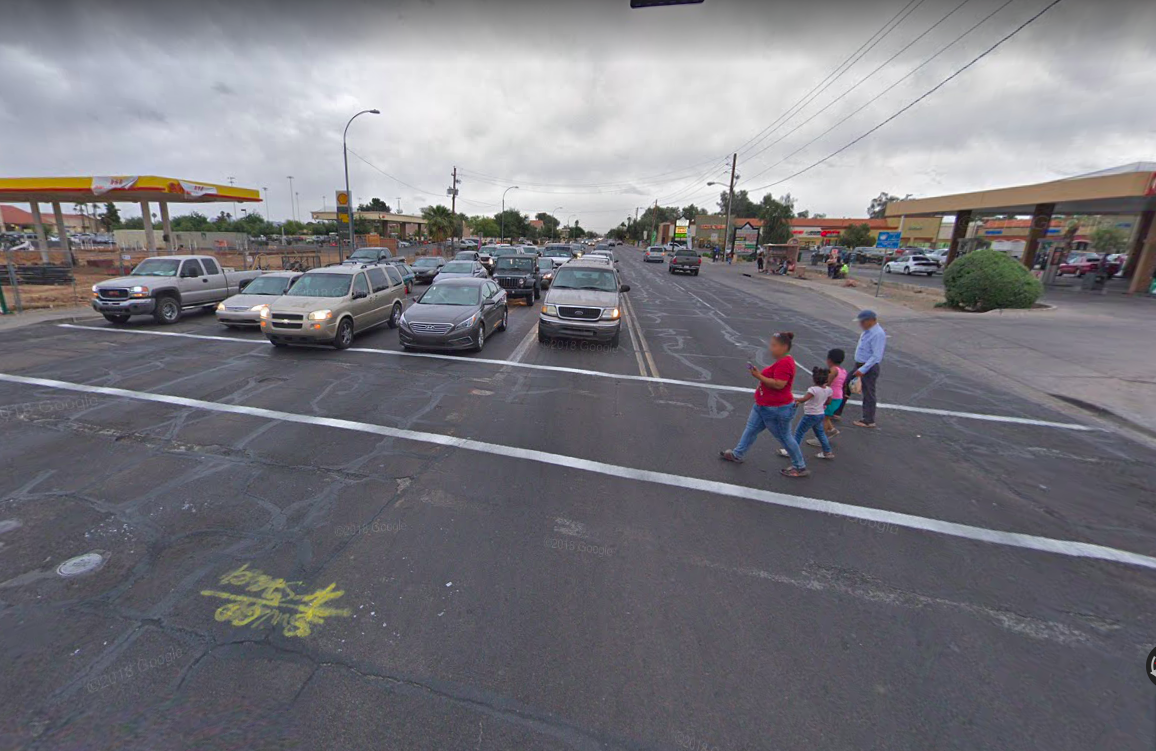This week, we’re chatting with Anthony Townsend about his book, "Ghost Road: Beyond The Driverless Car" (Norton). We talk about the potential scary future financialization of transportation could create, how the pandemic has shot delivery automation into the future, and what the potential future of self-driving vehicles could mean for urban form.
If you prefer to read an excerpt, it's below the player. If you want a full unedited transcript (with some typos), click here.
Jeff Wood: You talk about many things than just passenger vehicles. You have three topics in the book, specialization, materialization, financialization, I'm curious which one was your favorite to write about?
Anthony Townsend: I mean, so there's favorite and there is the most important, but specialization is the favorite. Brian Boyer, who was my collaborator on a lot of the research for Bloomberg Philanthropies and is from the firm Dash Marshall, which is based in Detroit, in the heart of the historical home of the auto industry. He did all the illustrations for the book. Last year, with his students that the University of Michigan, he did a robot census where they cataloged more than 80 different commercially available self-driving vehicles — passenger cars that are on the market. They're mostly super-specialized things like forklifts. There's a Finnish company that's just released essentially was like a self driving Roomba for our streets.
So are these things that are coming. The first big real commercial self-driving vehicles were the trucks that were used for the big mines in Australia. And John Deere's self-driving tractor is kind of a childish fascination with like all of the things that go vroom and honk. When you start to look at these catalogs, they have all the different kinds of vehicles. And then when you start to add the robots in, which was also advancing very quickly, you realize just how quickly the line blurs between what's a robot, what's a vehicle, what's made for an indoor environment and what's made for an outdoor or urban environment. It's just really kind of exciting, particularly when you realize that it represents a pretty thorough and permanent unbundling of the automobile.
It's been the bundling of the automobile that has been the thing that has caused us so much hassle over the decades. And there's isn't a day, even an hour, that goes by that I don't get one of those pictures in my Twitter feed showing how many people a lane can carry. Here's people on bikes, here's people on buses, here's people in cars — well you know, breaking down that box into smaller vehicles and different kinds of vehicles is really the fundamental promise of automated mobility.
The most important story of the book is the financialization story. And I think I really just scratched the surface on it. It was more of a warning bell or a red flag. I was trying to understand what's the worst that can happen if we allow private capital and deregulation to do to urban transportation in the way it has done to energy and electricity in particular, or you know, food commodities like grain or things like that, or, or the housing finance market.
And it becomes the thing that, to a large degree, is no longer about the services being delivered, but the tail of finance is wagging the dog and that you have this whole corpus of financial instruments and obligations that are built up on top of it and that the flows of revenue that come off of it — and that happening in an environment where there's really only a handful of players to control the networks and control the computation that's gonna be used to organize it all. There's a lot of nightmare scenarios there. What if we get an Enron-like player in the ride hail business who starts, you know, withholding mobility when it's in their financial interest to do it, in the same way that Enron was withholding electricity from California during the heat waves to spike the price. Do we want to live in a world where nothing moves unless Amazon or Google, gets a piece of the action?
There are a lot of players out there and a lot of technological platforms being deployed that are moving us towards that kind of world, a lot of business strategies as well. And I looked back in history at the transition from horse-drawn streetcars to electric streetcars. It's by no means a perfect comparison, but the shift in capital requirements that came along with that in how you went from entrepreneurs being able to pool family funds and get into the business with a single vehicle and an animal to having to raise funds to build a rail network and generating facility in a power line network.
And that created the conditions for a really kind of cozy corrupt relationships with political powers. And especially as we move into this deep, deep fiscal crisis for cities, you can start to see some very, very dangerous alignments of fiscal desperation on one hand, by city governments, and a very, very deep pocketed mobility monopolists who, you know, can buy their way in either providing lump sum payments for franchises or all kinds of revenue shares, monetizing public assets in other ways, in ways that are going to be hard to get out of and potentially really detrimental to the public interest or will make it harder to do things like expand mobility to underserved groups.
Every time I talked to to friends who work in finance, after they stopped getting really excited about it and realized that I was talking about it because I thought it was horrifying, they would basically say, "Yeah, that's really plausible." Like either people are already sniffing that opportunity or that's the likely direction that people will want to go after if given the opportunity. And so the reason I wrote about that was because I didn't just want to write about safety. I could care less about the safety of automated vehicles. They're either going to be safe or they're not.
Jeff Wood: You called it a red herring.
Anthony Townsend: Yeah. I mean, I think there's so much attention on it. But, you know, people don't die in crashes because their vehicles are unsafe. They die because the drivers are a bad at driving or they are breaking the law. So I think we only have gains there to come. I think understanding the relationship between markets, new mobility services, and automated systems is really where there a danger zone is going to be.






